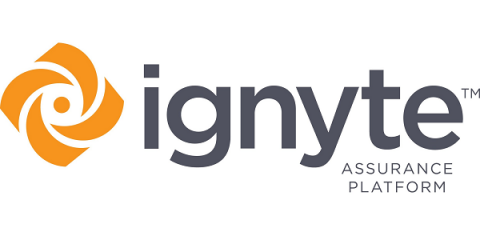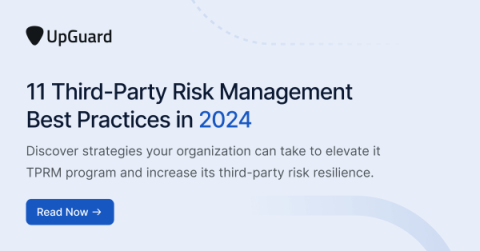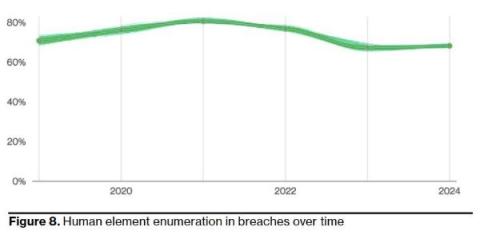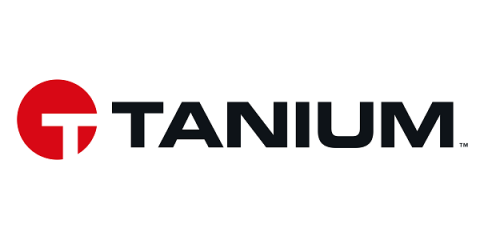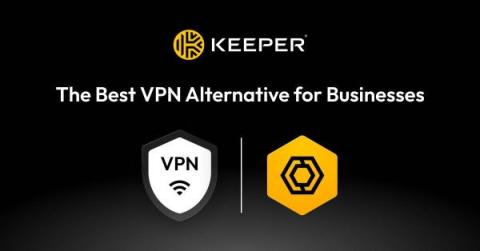FedRAMP "In Process": What It Means and How to Get Listed
FedRAMP, the Federal Risk and Authorization Management Program, is a way for cloud service providers to undergo auditing, scrutiny, and testing to validate their security. This security encompasses primarily information security but also user authorization and authentication, physical security, and more.


